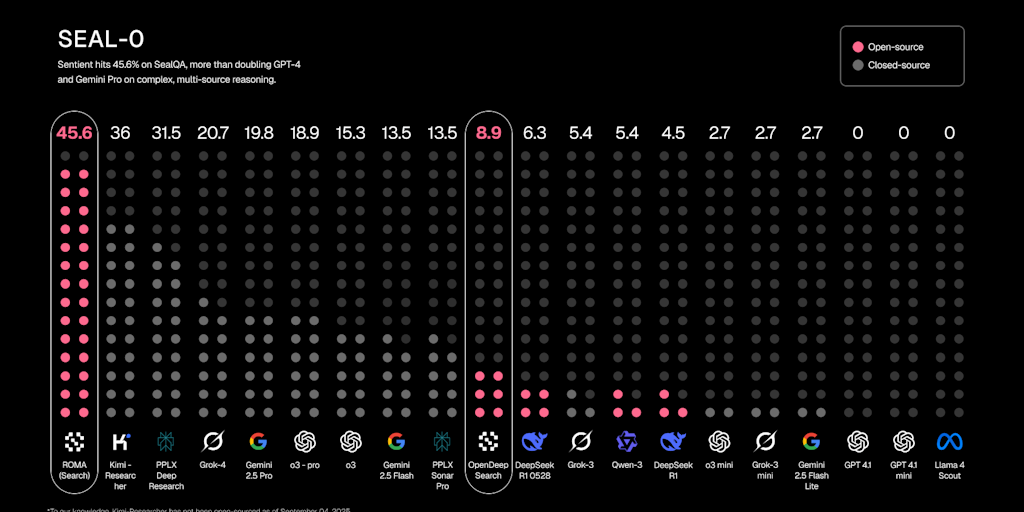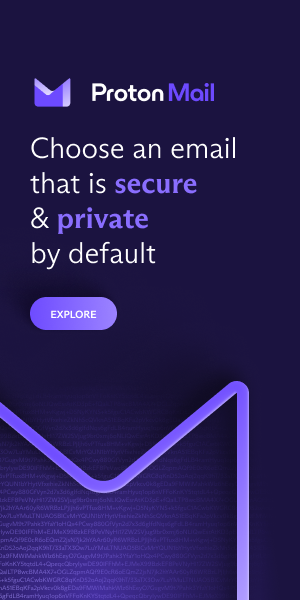Sentient AGI enters the arena as the first open-source AGI network that challenges the dominance of closed labs and could remodel internet itself. Over the past months, Sentient has redefined what “accessible AGI” and “collaborative AGI” really mean, and this shift is about to have massive effects on every internet user.
This article explores exactly what Sentient AGI is in September 2025, why it could transform the internet, how it compares to competitors, what the “before” and “after” scenarios look like, mixing technical depth with mainstream explanations. By the end, you’ll have a clear picture, practical implications, and maybe even ideas about what this could mean for your work, your projects, or even your digital future.
What Sentient AGI is today
Sentient AGI is the initiative led by Sentient (co-founded by Sandeep Nailwal & Himanshu Tyagi) to create an open-source, distributed artificial general intelligence network, collectively built by agents, models, data sources, and contributors worldwide.
Key features include:
| Component | What It Does | Why It’s Different |
|---|---|---|
| The GRID platform | > 40 specialized AI agents, > 50 live data feeds, multiple open‑source models that talk to Web2, Web3 and dozens of blockchains (source : Coindesk). | First multi‑agent, cross‑chain intelligence network. |
| Sentient Chat | Front‑end hub where a user submits a request and receives an orchestrated answer built from several agents. | Combines a ChatGPT‑style UI with real‑time composability. |
| $SENT token economy | Contributors (agents, models, data) earn rewards proportional to usage & quality; users can stake tokens to back the agents they love (blog.sentient.xyz). | A pay‑as‑you‑stake model that replaces opaque API pricing. |
| Open‑source & community governance | All code, data and model weights are public, audit‑ready and governed by token‑holder votes (blog.sentient.xyz). | Full transparency that closed labs can’t provide. |
“Imagine an AI that belongs to nobody and to everyone at the same time.”
Why Sentient AGI will change internet
The current problems it addresses
- Concentration of power: today, top AGI systems are developed inside closed labs — OpenAI, Google DeepMind, Anthropic. These decide the rules, data, and access. Sentient proposes an open alternative.
- Lack of interoperability: most systems run in silos, with little cross-agent collaboration. Sentient enables chaining and composition across specialized agents.
- Unfair monetization: open-source contributors often work without sustainable revenue. Sentient’s token economy lets contributors earn rewards directly.
- Transparency and trust: closed “black box” systems raise ethical concerns. An auditable, community-driven AGI restores trust.
Sentient Chat is still in private beta, available only with an invite code, which creates scarcity and growing demand to gain early access.
The solutions Sentient brings
- A composable intelligence network: agents can be orchestrated to solve complex tasks in workflows.
- A fairer economy: instead of API lock-in, contributors are directly rewarded and smaller projects can thrive.
- Wider access: researchers, startups, students gain advanced tools without prohibitive licensing.
- Transparent governance: decisions, contributions, and potential biases are visible.
Benefits for different players
- General public: more choice, less dependency on dominant platforms, personalized AI services.
- Developers and startups: ability to integrate or monetize agents directly.
- The internet overall: diversity, resilience, and faster innovation.
How Sentient AGI compares with competitors
| Project / Actor | Open / Closed | Business Model | Interoperability | Strengths | Limits |
|---|---|---|---|---|---|
| OpenAI | Closed | API subscriptions, licences | Limited orchestration | High performance, strong safety research | Opaque, expensive, centralised |
| Anthropic | Closed | API / licences | Focused on alignment, still centralised | Strong safety, good RLHF | Costly, low composability |
| Google DeepMind | Closed | Proprietary R&D | No agent marketplace | Massive resources, deep research | Risk of lock‑in, no open ecosystem |
| Open‑source projects (HuggingFace, LLaMA…) | Open | Volunteer‑based | Fragmented, less scalable | Innovation, community‑driven | Fragile, limited compute |
| Sentient AGI | Open | Token‑driven incentives | Multi‑agent, cross‑chain | Decentralised, fair rewards, composable, blockchain‑ready | Still closing compute gap, orchestration cost |
Sentient is the only platform that simultaneously offers open‑source code, a token‑based economy and a live multi‑agent marketplace.
Benchmarks: Dobby and beyond
- Dobby models (8 B & 70 B) achieve near‑GPT‑3.5 performance on standard NLP benchmarks while remaining fully open‑source.
- ODS, ROMA, Fingerprinting tests show Sentient’s agents surpass some closed‑lab systems on specific reasoning and alignment metrics.
- Travel Explorer demo (see Section 5) proves a pipeline of four specialized agents can deliver a richer, more adaptable result than a single monolithic model.
Openness is not a performance penalty; on several metrics Sentient already matches or beats billion‑dollar labs.

Travel Explorer – A Live Demo of Applied AGI
| Agent | Role | Data Source |
|---|---|---|
| Flight‑Finder | Pulls real‑time flight schedules & prices | Airline APIs, Skyscanner |
| Hotel‑Scout | Retrieves hotel availability & reviews | Booking.com, Airbnb |
| Pricing‑Analyst | Detects price trends, suggests optimal booking windows | Historical price DB, market sentiment |
| Itinerary‑Builder | Personalises day‑by‑day plans based on user preferences | Local attractions, user profile |
Result: An interactive travel guide that updates instantly to budget changes, availability shifts and personal tastes, something a single closed‑lab model would need heavy custom engineering to replicate.
Before Sentient AGI vs after
| Aspect | Before Sentient | After (if Sentient succeeds) |
|---|---|---|
| Control | Power concentrated in a few corporations | Decentralised, community‑owned intelligence |
| Cost | High API fees, licence lock‑ins | Pay‑as‑you‑stake; contributors earn $SENT |
| Transparency | Black‑box models, hidden data | Open code, on‑chain governance, continuous audits |
| Innovation | Silos, slow iteration | Rapid, composable, cross‑domain breakthroughs |
| Resilience | Single points of failure | Distributed network, multi‑chain redundancy |
Technical Glimpse (For the Curious)
- Agents & models – Micro‑services specialised in finance, coding, research, etc., each running a fine‑tuned open‑source LLM.
- Workflows – Tasks are automatically decomposed, dispatched to the best agents, then aggregated by a central orchestrator.
- Blockchain interoperability – Deployments on Base, Polygon, Arbitrum and other EVM‑compatible chains avoid a single‑infrastructure lock‑in.
- $SENT tokenomics – Staking, rewards and alignment incentives are all on‑chain, with usage‑weighted distribution.
- Open‑source governance – All PRs, data contributions and model updates are visible on GitHub; token‑holder votes set the roadmap.
Key Challenges & How Sentient Plans to Overcome Them
| Challenge | Why It Matters | Sentient’s Mitigation |
|---|---|---|
| Compute gap | Closed labs have massive GPU farms. | Partner with decentralized compute providers; incentivise node operators with $SENT. |
| Alignment & safety | Open models can be mis‑used. | Fingerprinting + on‑chain verification ensures only authorised usage; community audits bias. |
If Sentient AGI succeeds, the internet you know today could be rewritten: more open, more collaborative, more resilient, and more democratic. Do you believe Sentient AGI can catch up with closed-lab AGIs like OpenAI or Google within the next few years? What real-world use cases would you want to see powered by a community-driven AGI? If this article made you think, share it with someone curious about AI and the future of internet.
Find all our reviews of Web 3 projects that caught our eye





